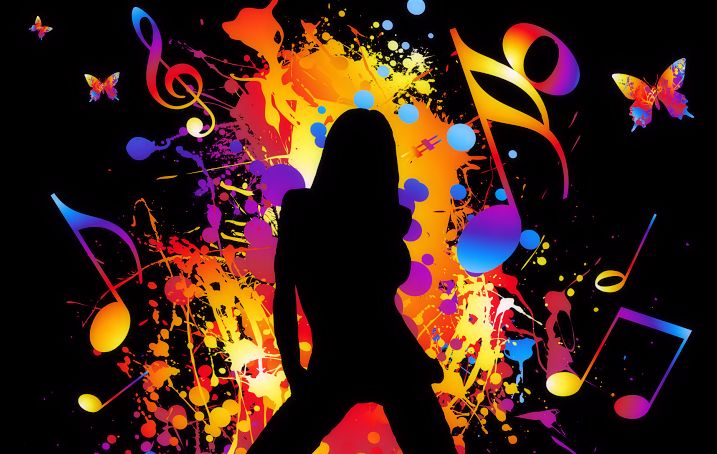
Using authentic songs in the ELT classroom, it’s a Meaningful, Motivating and Memorable Method.
I have been told that musicians have a special feeling for everything around them; they have more love, compassion and awareness for life and human beings at large! So I must conclude that perhaps I only have just got the misfortune to know some exceptions to the general rule!
Carl William Brown
Music washes away from the soul the dust of everyday life.
Berthold Auerbach
According to The Theory of Multiple Intelligence by Howard Gardner, we each have at least seven distinctly different kinds of intelligence. Each of these operates from a different part of the brain and is relatively independent of the others, with its own timetable for development and growth. The first two types of intelligence have typically been valued in schools; the next three are usually associated with the arts; and the final two are what Gardner calls “personal intelligence.”
This theory has emerged from recent cognitive research and “documents the extent to which students possess different kinds of minds and therefore learn, remember, perform, and understand in different ways,” according to Gardner (1991). According to this theory, “we are all able to know the world through language, logical-mathematical analysis, spatial representation, musical thinking, the use of the body to solve problems or to make things, an understanding of other individuals, and an understanding of ourselves. Where individuals differ is in the strength of these intelligences – the so-called profile of intelligences – and in the ways in which such intelligences are invoked and combined to carry out different tasks, solve diverse problems, and progress in various domains.”
The learning Musical style shows sensitivity to rhythm and sound. They love music, but they are also sensitive to sounds in their environments. They may study better with music in the background. They can be taught by turning lessons into lyrics, speaking rhythmically, tapping out time. Tools include musical instruments, music, radio, stereo, CD-ROM, multimedia.
I think music in itself is healing. It’s an explosive expression of humanity. It’s something we are all touched by. No matter what culture we’re from, everyone loves music.
Billy Joel
It has been said that music is a science, is Mathematical, is a foreign Language, is History, is Art, it develops insight and demands research! Some people have also add: we don’t teach music so all of our students can have degrees , nor do we expect all of our students to always play and sing for the rest of their lives, but we teach Music so that our students will recognise the beauty and be instruments of beauty to those around them; so that they can go beyond the combined senses to a place that only music can take them; so that they will have something infinite to cling to; so that they might have more love, more compassion , more awareness, and in short , so that they might live more fully.
If music be the food of love, play on.
William Shakespeare
The 3 M’s are essential in teaching. When you use songs in the classroom you are using something which is meaningful to students. Because they are interested in (some would say obsessed by!) this medium, they find this kind of learning extremely motivating, and of course memorable. This last point is reinforced when they subsequently actively listen to, or passively hear, the song outside the classroom, subconsciously consolidating the language learned.
Creates a positive learning environment
It is extremely important that students enjoy the learning process, and the use of songs ensures a happy learning atmosphere. It is important, where possible, to ask students to sing the song, not only to help improve pronunciation, but also to lift their spirits. Apart from the emotional pleasure gained from singing, the increased intake of oxygen cannot but put them in a good mood!
Involves “left and right” brains
Music enters the subconscious quickly and subtly. The brain is a pattern-seeker, so putting information in an organised framework such as a song makes it easier to remember. We know the brain is divided into left and right hemispheres – when we study language we are using the left hemisphere, but music uses the right hemisphere. Language students usually use just one hemisphere, but songs involve both hemispheres in the learning process, greatly increasing students’ potential.
Improves Grammar, Vocabulary and Pronunciation
Songs help make the learning of new words and structures more natural and long lasting. By singing along, students are naturally acquiring correct pronunciation. Many of the songs on this site highlight and exploit different Grammar points, as well as Vocabulary. Students’ awareness of rhyming words is also heightened in many of the activities.
Flexible, Authentic, Easily Available
The activities on this site can be adapted to any level, and are “real”. They are very easy to find – if the teacher doesn’t have a copy of the students’ favourite songs, the students will almost certainly have one.
Here you are some useful and interesting links:
https://www.englishclub.com/songs/
http://www.tuneintoenglish.com/
https://www.british-study.com/

